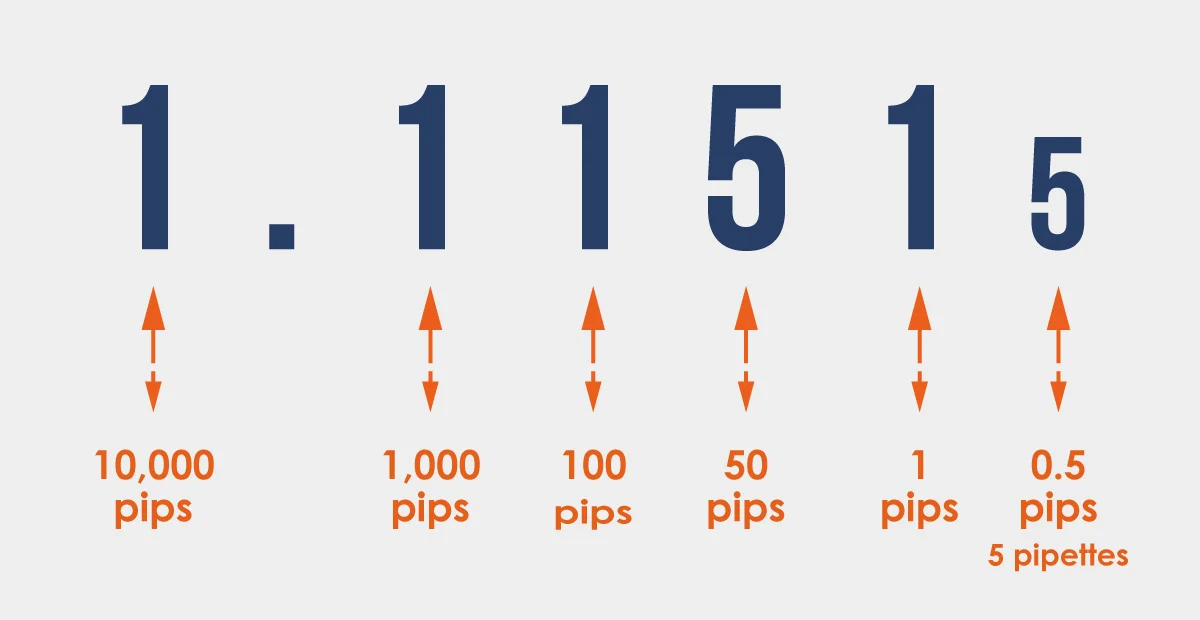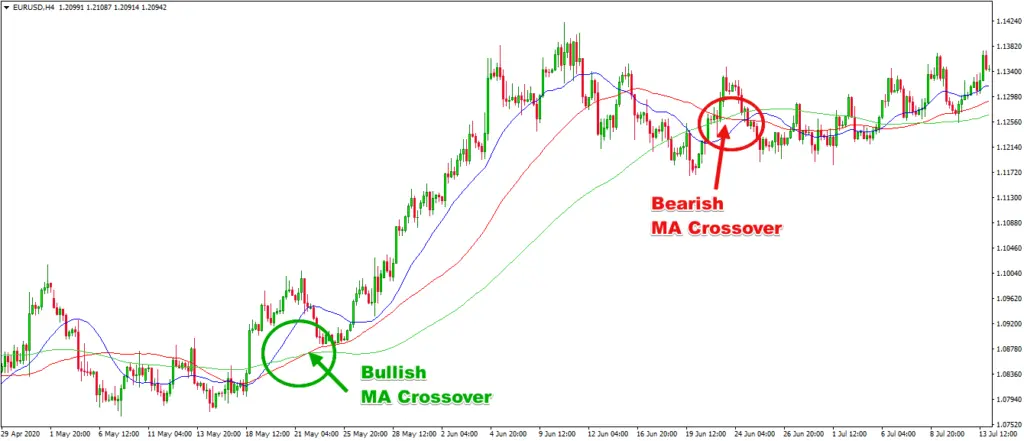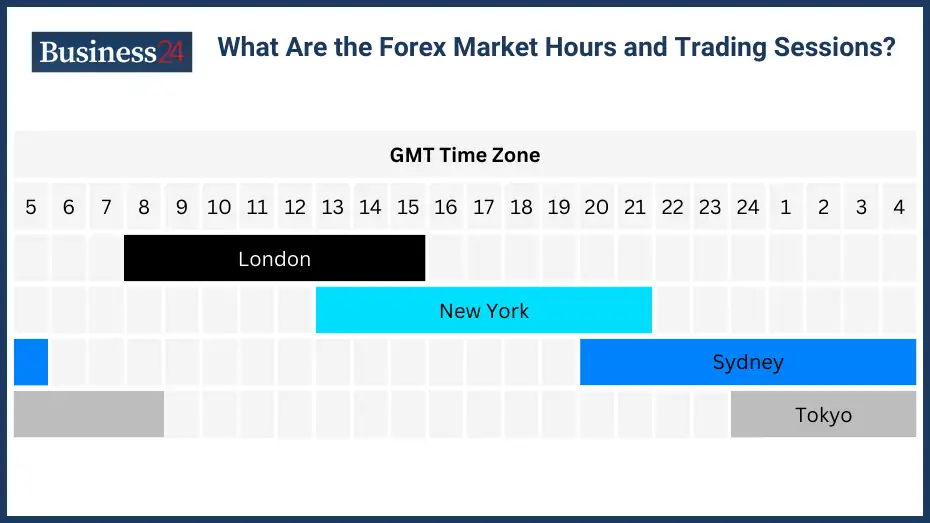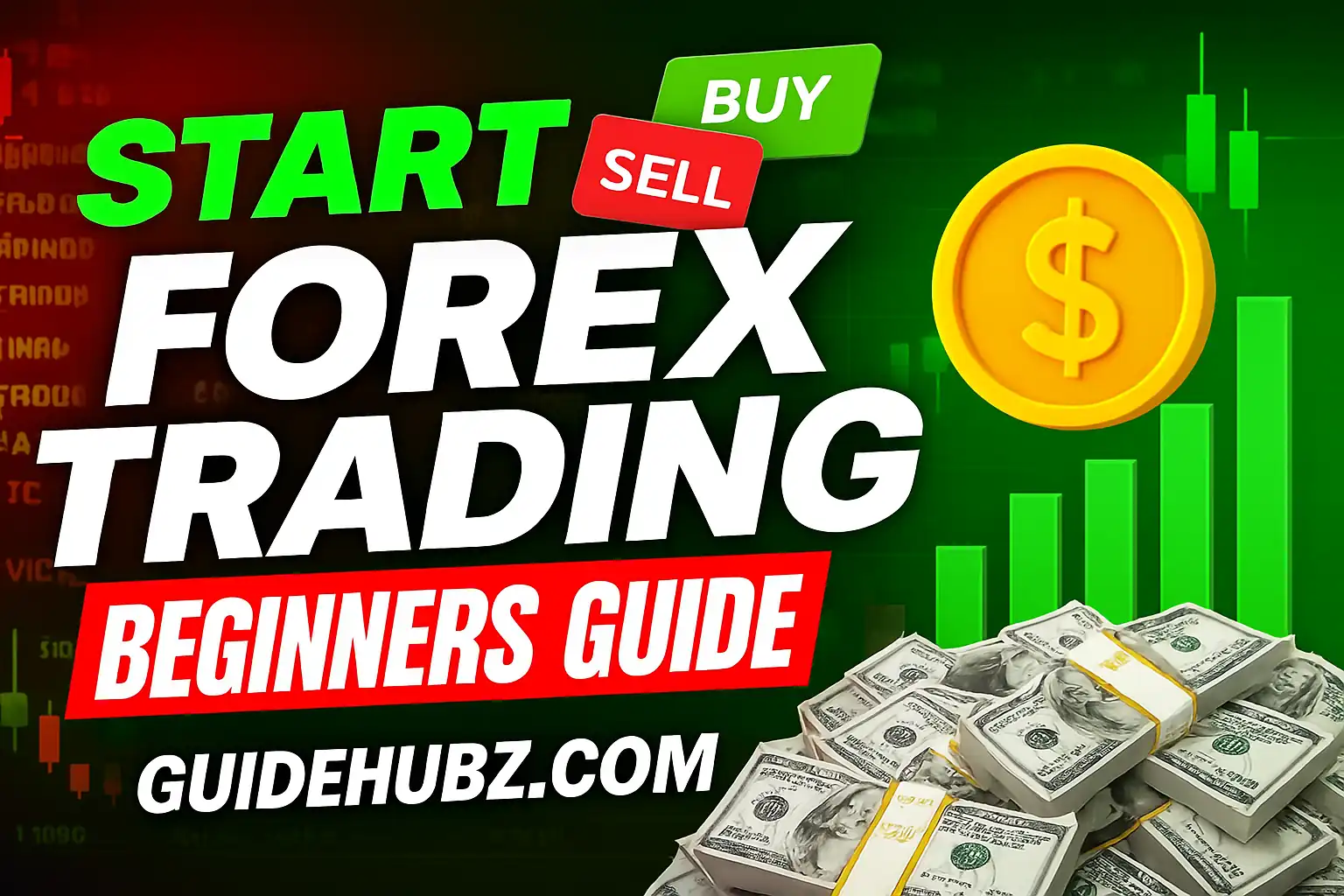The Forex market (Forex) is the largest and most floating financial market in the world, with over $ 6.6 trillion operations per day. Unlike stock markets, Forex operates 24 hours a week a week, offering unique opportunities for traders. This wide guide will lead you to know what you need to know to start commercial coins by 2025.
What is Forex Trading?
Forex negotiation involves buying one coin while selling another, especially for speculation. Coins negotiate in pairs (such as EUR/USD or GBP/JPY) and traders profit from foreign exchange rate fluctuations. The forex market is:
- Decentralized: No central exchange (negotiations occur without revenue)
- Highly liquid: Easy to enter and exit positions
- Leveraged: Allows trading with more capital than you deposit
- Volatile: Prices can change rapidly based on economic factors
Did You Know? The forex market is three times larger than the combined global stock and bond markets. About 90% of trading involves the U.S. dollar, euro, Japanese yen, British pound, and Australian dollar.
Essential Forex Trading Concepts
Currency Pairs Explained
All forex trades involve currency pairs, categorized into three types:
- Major pairs: EUR/USD, USD/JPY, GBP/USD (most liquid, tightest spreads)
- Minor pairs: EUR/GBP, AUD/NZD (less liquid, wider spreads)
- Exotic pairs: USD/TRY, EUR/TRY (emerging market currencies, highest spreads)
Understanding Pips and Lots
Pip: The smallest price move a currency pair can make (usually 0.0001 for most pairs)
Standard lot: 100,000 units of base currency
Mini lot: 10,000 units
Micro lot: 1,000 units

Example of how pips work in currency trading
Getting Started with Forex Trading
Step 1: Choose a Reliable Forex Broker
Key factors to consider when selecting a broker:
- Regulation: Look for FCA, ASIC, or CySEC regulation
- Trading platform: MT4/MT5 or proprietary platforms
- Spreads & commissions: Compare costs across brokers
- Leverage offered: Varies by region (up to 1:30 in EU, 1:500 elsewhere)
- Customer support: Availability and responsiveness
Step 2: Open a Demo Account
Practice trading with virtual money to:
- Test trading strategies risk-free
- Familiarize yourself with the trading platform
- Develop emotional control before trading real money
Step 3: Develop a Trading Plan
A solid trading plan should include:
- Your risk tolerance and capital allocation
- Trading strategy (technical/fundamental analysis)
- Entry and exit rules
- Risk management parameters
- Trading journal for performance review
Forex Trading Strategies for Beginners
1. Price Action Trading
Analyzing raw price movements without indicators:
- Focuses on support/resistance levels
- Identifies chart patterns (head & shoulders, triangles)
- Uses candlestick patterns for entry signals
2. Moving Average Crossover
Uses two moving averages (e.g., 50-period and 200-period):
- Buy when shorter MA crosses above longer MA
- Sell when shorter MA crosses below longer MA
- Works best in trending markets

Example of moving average crossover strategy in action
3. Breakout Trading
Capitalizes on price breaking through key levels:
- Identify consolidation patterns (ranges, triangles)
- Enter when price breaks above resistance or below support
- Use volume/volatility indicators to confirm breakouts
Risk Management in Forex Trading
Proper risk management separates successful traders from losers:
1. Position Sizing
Never risk more than 1-2% of your account on a single trade. Calculate position size using:
Position Size Formula:
(Account Risk %) × (Account Balance) ÷ (Stop Loss in Pips × Pip Value) = Position Size
2. Stop Loss Orders
Essential tools to limit losses:
- Fixed stop: Predefined number of pips
- Technical stop: Based on support/resistance
- Trailing stop: Moves with favorable price movement
3. Risk-Reward Ratio
Aim for at least 1:2 risk-reward ratio (potential profit twice the potential loss)
Common Forex Trading Mistakes to Avoid
- Overleveraging: Using too much leverage can wipe out your account quickly
- Revenge trading: Trying to recover losses immediately after a losing trade
- Ignoring economic calendars: Major news events cause volatility spikes
- Overtrading: Taking too many trades reduces quality and increases costs
- Lack of patience: Waiting for high-probability setups is crucial
Pro Tip: The most successful traders spend more time analyzing than trading. Quality over quantity always wins in forex markets.
Best Times to Trade Forex
Forex market hours (GMT) and most active sessions:

Forex market sessions and overlap periods with highest liquidity
- London session (8 AM - 5 PM GMT): Highest volume (30% of trades)
- New York session (1 PM - 10 PM GMT): Most volatile during overlap with London
- Tokyo session (12 AM - 9 AM GMT): Focus on JPY pairs
Advanced Forex Trading Tools
1. Economic Calendars
Track high-impact news events like:
- Central bank interest rate decisions
- Non-Farm Payrolls (NFP) reports
- GDP and inflation data releases
2. Correlation Analysis
Understand how currency pairs move relative to each other:
- EUR/USD and GBP/USD often move similarly
- USD/CHF and gold prices are inversely correlated
- AUD/USD often correlates with commodity prices
3. Sentiment Indicators
Gauge market mood using:
- COT (Commitment of Traders) reports
- Retail trader positioning data
- Volatility indexes (VIX, etc.)
Forex Trading Psychology
Mastering emotions is more important than strategy:
- Discipline: Stick to your trading plan
- Patience: Wait for your setups
- Detachment: Don't get emotionally attached to trades
- Consistency: Focus on process over profits



